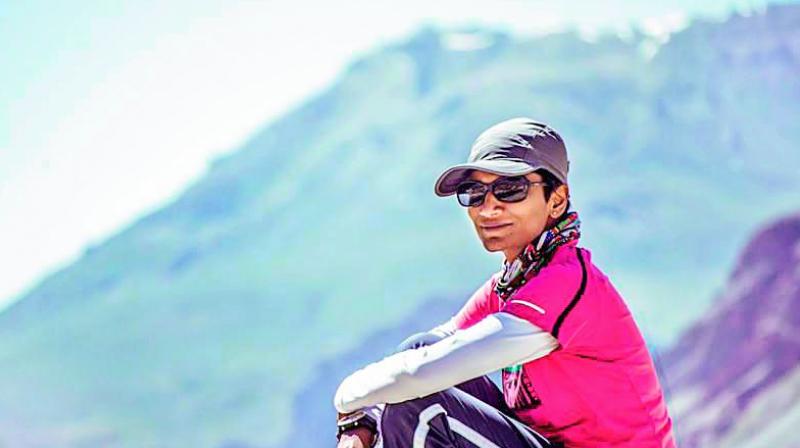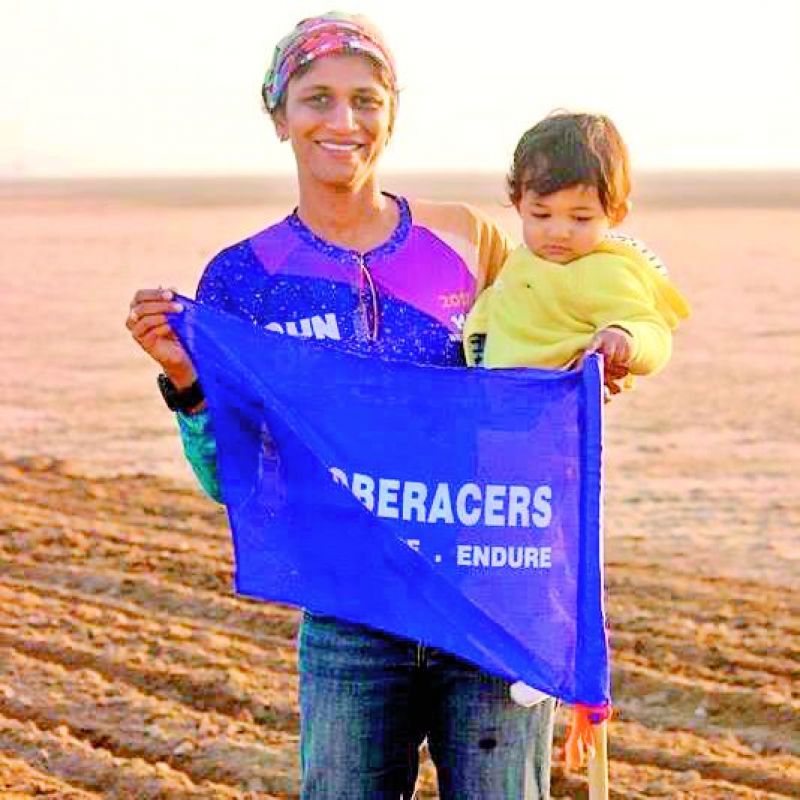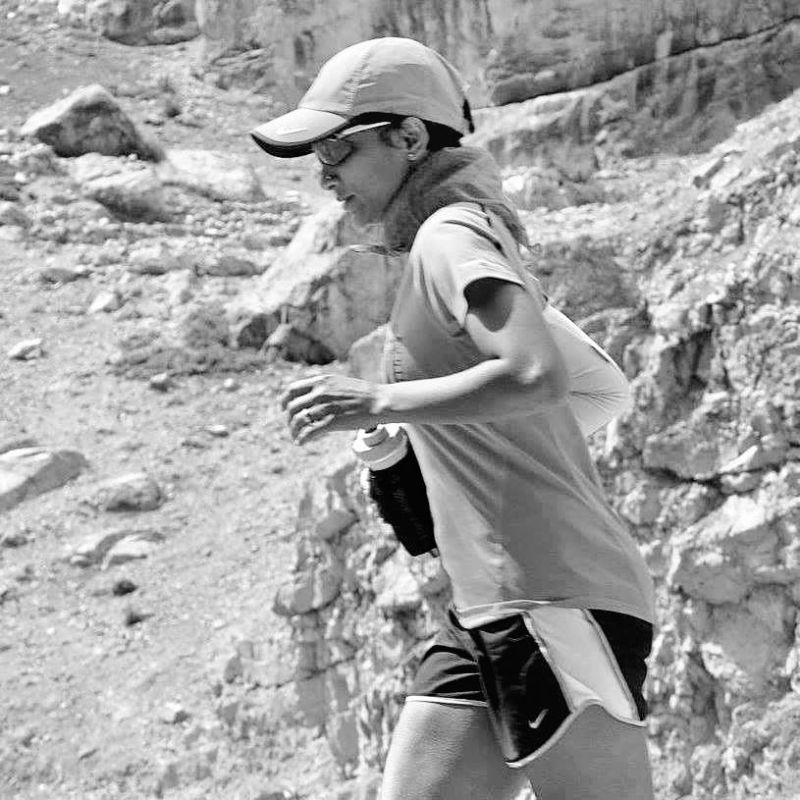Racing ahead on roads less travelled

Mark Twain once said, “Twenty years from now you will be more disappointed by the things you didn’t do, than by the ones you did do. So throw off the bowlines, sail away from the safe harbour. Catch the trade winds in your sails. Explore. Dream. Discover.”
Kavitha Kanaparthi is one who lives by these words. Since 2009, the 45-year-old director of Globeracers, has set high standards in endurance sports in India. In August, Kavitha is organising the Himalayan Crossing ultra race which is replete with adventure. “The Himalayan Crossing is a high altitude race that takes a runner through the pristine landscape of the stunning Spiti Valley of Himachal Pradesh, home to some of the high motor-able passes, and age-old Budhist Gompas. The run takes them to two high altitude lakes — Dhankar Lake and the more popular Chandra Tal — and finishes on Rohtang La. The narrow mountain ledges and rocky climbs make this race brutal but an experience worth their salt for any ultra runner across the globe,” explains Kavitha.

Training and challenges
The race requires a runner to follow an intense regimen of long miles, sometimes running eight to 10 hours through the night, resting a few hours and continuing during the day. It prepares runners for sleep deprivation, handling rest stops efficiently and the long hours on foot at a time when they are so tired that all they want to do is curl up and sleep. Some of the challenges faced by ultra runners is lack of information about the terrain or inadequate training that is necessary to tackle the distance, terrain, elevation and weather efficiently. One must train for all of these aspects to have a good race.

Acclimatisation
High altitude races can be brutal on a runner. A body that is already fatigued and dehydrated demands more oxygen, and as runners are running at a high altitude and climbing, the low atmospheric pressure makes blood less oxygen rich and affects muscles, slowing performance. For people living at sea level, who are not used to running at high altitudes, the body takes that much longer to acclimatise, increasing the risk of pulmonary edema. A minimum six-day acclimatisation is a must for a runner to participate in their Himalayan Crossing races, running anywhere from 25 km to 38 km, at the base camp of Kaza, Spiti Valley.
Kavitha, who hails from Gandrai, a small village near Jaggayyapeta and Vijayawada, says she heads to race locations many times throughout the year. She works on a perfect race execution plan so that runners not only have a great experience, but to ensure that they safely finish the race and come back for more.
Even as you are reading this, Kavitha is on a train to Pokhran where she is headed for a recce of another race route for The Desert Beast Ultra, in April. This is sure to test a runner’s endurance in ways quite different from a mountain race, given the April desert heat, salt flats and rocky terrain.

